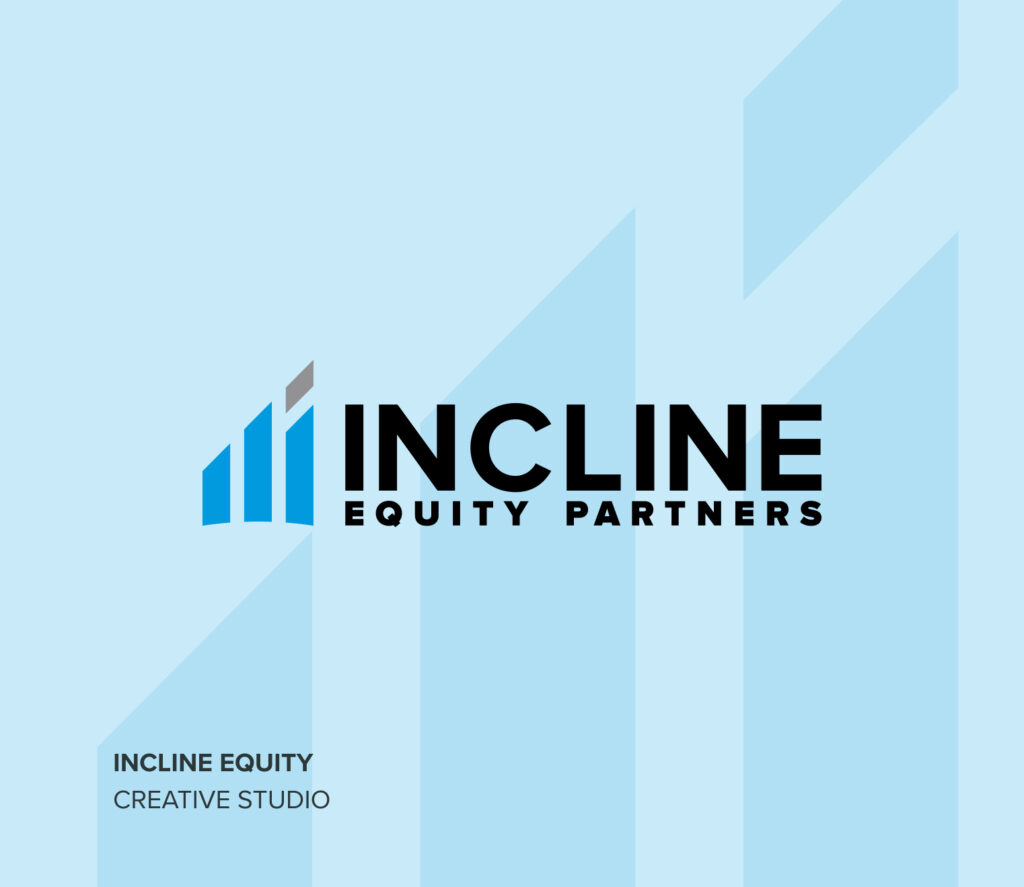Is AI Empowering PR or Just Making It Louder?
A Response from Vested’s VestTech Lead
A recent Wall Street Journal article posed a provocative question: Will AI empower the PR industry or create endless seas of spam? As someone leading Vested’s AI initiative, VestTech, I’ve spent the last few years living at the intersection of artificial intelligence and marketing and communications. I’ve seen what these tools can do, where they fall short, and where the industry is going. And I have thoughts.
Where AI Helps: The Input Side of the Equation
Let’s start with the positives. AI tools shine when used to develop the first word, rather than the last. The biggest benefit I’ve seen is in breaking the inertia of the blank page. Whether you’re developing content, planning campaigns, or trying to land on a creative hook, AI can be an excellent thought partner. Think of it as a “talking whiteboard” – one that helps get the ideas flowing faster.
Especially in an environment where comms professionals are juggling more responsibilities than ever, GenAI is a useful productivity tool. But let’s be clear: it’s not going to deliver the perfectly nuanced, reporter-ready pitch or the award-winning campaign concept on its own. That still requires human insight, creativity, and contextual understanding. As loudly as some AI boosters (and I consider myself among that group) proclaim the impending death of the creative professional, the very best models produced by the world’s top AI companies still fall woefully short when asked to engage in true creation – ideas without precedence. These tools are very good at iterative ideas, and the truth is that not every client wants to push the boundaries of creativity – many prefer to lean on exemplary execution of the latest industry best practices. Here, AI can be very helpful in ensuring no stone goes unturned
Summarization is another solid use case. Tools like Microsoft’s custom news summarization, as well as commercial offerings from Signal, Meltwater, and Cision, are already doing a good job of distilling key points for busy professionals. Similarly, AI-driven computer vision, like GrubHub’s facial recognition to analyze customer sentiment, opens up new analytics possibilities. That’s not GenAI per se, but it’s still a smart, future-facing application of AI in marketing and communications.
The Risks of Scale Without Strategy
But here’s the flipside: AI is absolutely making it easier for bad actors (or just lazy ones) to flood the market with low-quality content. If you already practice a volume-over-quality approach to media outreach, AI now lets you scale that bad habit exponentially. The result is a flood of irrelevant pitches that bury the thoughtful, tailored outreach journalists actually want.
One quote in the article stands out: the idea of an “efficient” pitch completely misses the mark. If it’s not timely, not relevant, not tailored, and focused solely on the product, it’s not a pitch, it’s spam. AI didn’t make that better; it just made it faster. And in doing so, it damages the hard-won relationships between PR pros and reporters.
Another troubling trend is the use of AI for vetting expert credentials. The article references Rolli’s tool, but from what I’ve seen, AI is not ready for this. GenAI can hallucinate with confidence, creating completely fabricated bios that include real companies and job titles in utterly fictional ways. The risks of bias, misinformation, and a false sense of accuracy are real, and without constant human oversight, dangerous.
Then there’s the idea of “synthetic focus groups.” Conceptually, it sounds flashy. But in practice, unless you’ve spent an enormous amount of time customizing the personas, what you’re really getting is generic, biased stereotypes masquerading as diverse consumer insight. There’s no rigor here – just a facsimile of validation dressed up as innovation.
The Truth: We’re in the Experimental Era
We’re in an age of AI experimentation. Some of what we’re seeing will go on to redefine the industry. Most of it? It will fail, or quietly fade into the background after underperforming. And that’s ok. Experimentation is how we learn.
At VestTech, we focus on using AI where it adds value, not where it just adds noise. For content generation, success starts with giving the model enough context. A vague prompt will get you a vague response. But if you spend 15–20 minutes refining the input – adding structure, persona, task, and context – you can get useful, even impressive, output. Just like with junior staff, the time invested in teaching the tool pays off in higher-quality work.
But media pitching? AI is terrible at it, unless you give it all the nuanced context of the reporter, the publication, the news cycle, the client’s voice, and the story angle. And if you’re doing all that, you might as well just write the pitch yourself. A better use of AI is to brainstorm conceptual frameworks and storylines, which you can then shape into real, relationship-driven outreach.
The Path Forward
AI isn’t the enemy of good PR, it’s a tool. But like any tool, it can be misused. If we want to protect the trust and creativity at the core of our industry, we have to push back on the temptation to use AI for shortcuts that compromise quality.
At Vested, we’re committed to exploring this technology thoughtfully; learning where it adds value, calling out where it doesn’t, and sharing our experiences so others can do the same.
We’re not just here to use AI. We’re here to understand it, challenge it, harness it, and shape its role in the future of communications.


